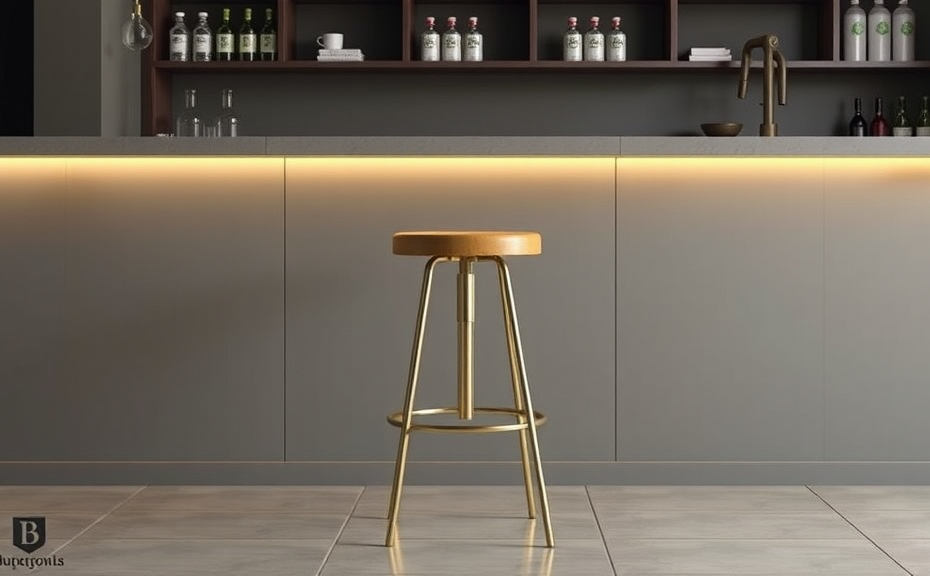Bar stool ergonomics plays a vital role in enhancing comfort and reducing fatigue while seated. As more individuals choose to incorporate bar stools into their living spaces, understanding the ergonomic principles behind these seats becomes crucial. Properly designed bar stools can significantly affect posture, alignment, and overall well-being.
When selecting bar stools, consider the following ergonomic factors:
- Height: Choose stools that allow your feet to rest flat on the ground or on a footrest. This promotes better blood circulation and minimizes strain on the legs.
- Seat depth and width: Opt for stools that provide adequate seat space, ensuring your hips are well supported. A depth of 15-18 inches is generally ideal.
- Back support: Bar stools with a contoured backrest encourage proper spinal alignment. Look for designs that support your lumbar region without restricting movement.
- Material: Choose bar stools made from breathable fabrics and sturdy materials that can withstand daily use. Cushioned seats also provide additional comfort during extended sitting periods.
Incorporating these elements not only improves aesthetic appeal but also enhances functionality in both home and commercial settings. Whether you’re enjoying a morning coffee or entertaining guests, ergonomic bar stools can make a significant difference in your seating experience.
Moreover, bar stool ergonomics extends beyond personal comfort; they can influence productivity in a workplace environment. Providing employees with ergonomic seating options helps reduce discomfort and promote better focus during work hours.
Ultimately, investing in well-designed, ergonomic bar stools can drastically improve relaxation and comfort levels, making them a valuable addition to any space.
